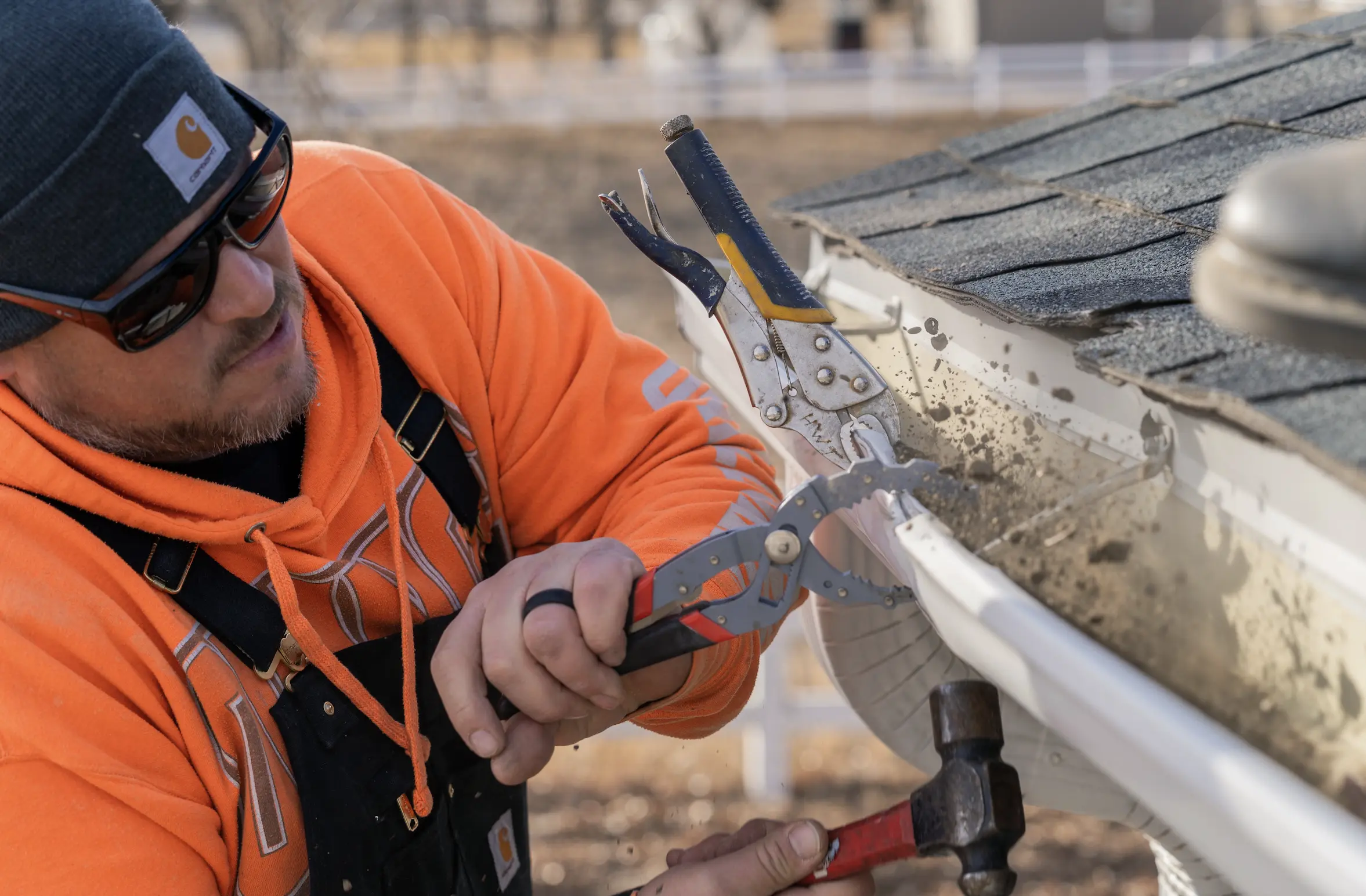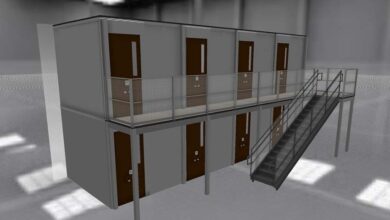When it comes to maintaining your home, one of the most overlooked yet critical components is your eavestrough system. Often referred to as gutters, eavestroughs play a vital role in directing rainwater away from your home’s foundation, preventing water damage, and protecting your landscaping. However, like any other part of your home, eavestroughs require regular maintenance and occasional repairs to function properly. In this blog post, we’ll dive into everything you need to know about eavestrough repairs, including common issues, DIY fixes, and when to call in the professionals.
Why Eavestrough Repairs Are Essential
Eavestroughs are your home’s first line of defense against water damage. When they’re working correctly, they channel rainwater and melting snow away from your roof, walls, and foundation. However, when they’re damaged or clogged, they can cause a host of problems, including:
- Foundation Damage: Water pooling around your foundation can lead to cracks and structural issues.
- Roof Leaks: Clogged or damaged eavestroughs can cause water to back up under your roof shingles.
- Landscape Erosion: Overflowing water can wash away soil and damage plants.
- Basement Flooding: Improper drainage can lead to water seeping into your basement.
Regular inspections and timely eavestrough repairs can save you from costly repairs down the line. Let’s explore some common eavestrough problems and how to address them.
Common Eavestrough Problems and How to Fix Them
- Clogged Eavestroughs
Leaves, twigs, and debris can accumulate in your eavestroughs, causing blockages. This is one of the most common issues homeowners face.
Solution: Clean your eavestroughs at least twice a year—once in the spring and again in the fall. Use a ladder, gloves, and a scoop to remove debris. Flush the system with a garden hose to ensure water flows freely. - Leaks and Holes
Over time, eavestroughs can develop leaks or small holes due to rust, wear, or damage from falling branches.
Solution: For small holes, use a waterproof sealant or patch kit. For larger leaks, you may need to replace a section of the eavestrough. Always ensure the area is clean and dry before applying any repair material. - Sagging or Misaligned Eavestroughs
Eavestroughs can sag or pull away from the roofline due to heavy debris, improper installation, or aging hardware.
Solution: Check the hangers and brackets that secure the eavestrough to your home. Tighten or replace any loose or broken hardware. If the sagging is severe, you may need to rehang the entire section. - Ice Dams in Winter
In colder climates, ice dams can form in eavestroughs, preventing proper drainage and causing water to back up under your roof.
Solution: Ensure your attic is properly insulated to prevent heat from escaping and melting snow on your roof. Install heating cables or consider upgrading to larger eavestroughs that can handle ice buildup.
DIY vs. Professional Eavestrough Repairs
While some eavestrough repairs can be handled as DIY projects, others are best left to the professionals. Here’s a quick guide to help you decide:
DIY Repairs:
- Cleaning out debris
- Sealing small leaks
- Tightening loose hangers
Call a Professional:
- Replacing large sections of eavestrough
- Fixing severe sagging or misalignment
- Addressing complex issues like ice dams or foundation damage
Professionals have the tools, expertise, and safety equipment to handle more complicated repairs. Plus, they can spot potential problems you might miss.
Tips for Preventing Eavestrough Problems
Prevention is always better than cure. Here are some tips to keep your eavestroughs in top shape:
- Install Gutter Guards: These screens or covers prevent debris from entering your eavestroughs while allowing water to flow through.
- Trim Overhanging Branches: Keep trees near your home trimmed to reduce the amount of leaves and twigs that fall into your eavestroughs.
- Schedule Regular Inspections: Check your eavestroughs for signs of damage or wear at least twice a year.
- Ensure Proper Slope: Eavestroughs should slope slightly toward the downspouts to ensure proper drainage.
When to Replace Your Eavestroughs
While repairs can extend the life of your eavestroughs, there comes a time when replacement is the better option. Consider replacing your eavestroughs if:
- They’re more than 20 years old.
- You notice frequent leaks or sagging despite repairs.
- The material is severely rusted or corroded.
- Your home has undergone renovations that require a larger or more efficient drainage system.
Modern eavestroughs come in a variety of materials, including aluminum, vinyl, and steel, each with its own benefits. A professional can help you choose the best option for your home.
Conclusion
Your eavestroughs may not be the most glamorous part of your home, but they play a crucial role in protecting it from water damage. By staying on top of maintenance and addressing eavestrough repairs promptly, you can avoid costly problems and keep your home safe and dry for years to come. Whether you tackle small repairs yourself or call in the pros, investing in your eavestrough system is an investment in your home’s longevity.
If you’re unsure about the condition of your eavestroughs, don’t hesitate to reach out to a professional for an inspection. After all, a little prevention today can save you from a major headache tomorrow.





